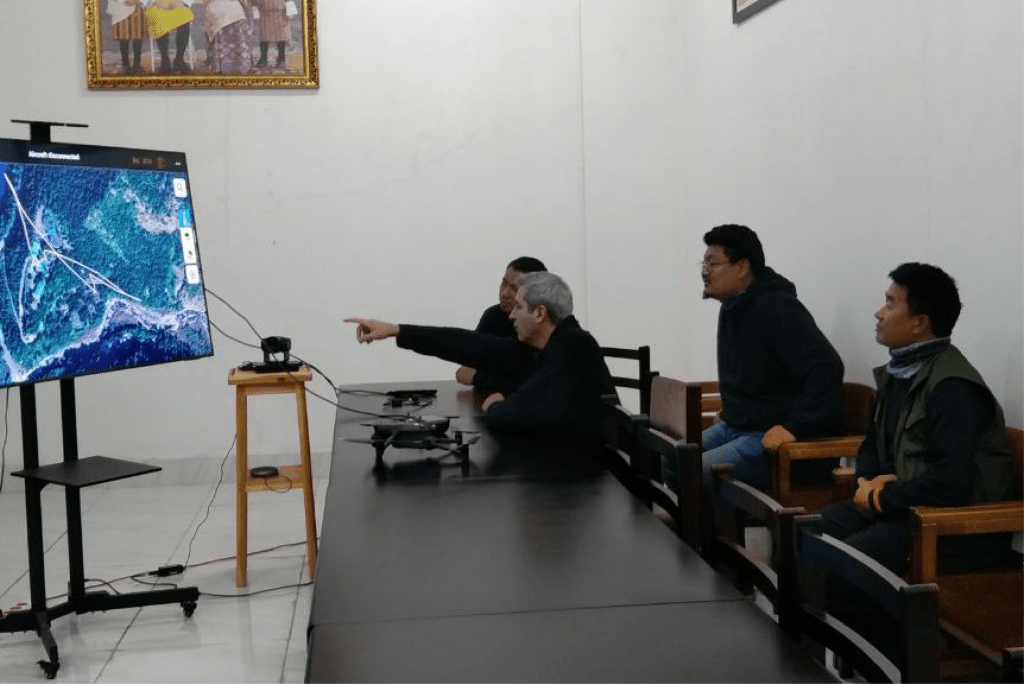A week long feasibility study using drones to monitor the critically endangered White-bellied Heron was recently concluded. The White-bellied Heron (WBH), found only along Himalayan freshwater rivers, is at a critical stage, nearing extinction. The Royal Society for Protection of Nature (RSPN) is introducing drone technology as a new conservation effort to save the species.
There are significant challenges in monitoring White-bellied Herons, with many potential habitats being inaccessible and under explored. The WBH thrives in less disturbed areas along large rivers, but the deep gorges, thick forests, and steep cliffs of the landscape make it extremely difficult to access these areas for monitoring. The effort to monitor the heron in such places has also posed risks to the people involved. There have been several incidents of life-threatening experiences due to encounters with wildlife, as well as cases of accidental falls.
The feasibility study found that drones are highly effective in monitoring WBH, mainly in terms of cost, time, safety, and the ability to explore previously inaccessible areas. Locating WBH nests and monitoring them is usually time-consuming and resource-intensive. Unlike other species, WBH nests solitary, and in Bhutan, only two to three nests are recorded annually. RSPN has found that using drones reduces the time spent monitoring nests. Additionally, drones eliminate the risks to herons, as there is no need for people to approach the nests for monitoring. Drones can easily monitor the heron nests without disturbing them by maintaining a sufficient distance. During the feasibility study, drone usage led to the successful location of a new nest and the observation of five herons.
For future monitoring purposes of the White-bellied Heron and other wildlife species, RSPN plans to continue using drones. Later this year, RSPN also plans to introduce other conservation technologies powered by AI to streamline data collection and further enhance WBH monitoring efforts.
As part of the feasibility study, a capacity-building training session was organized to explore the use of drones for conservation purposes. Officials from the Department of Forest and Park Services, RSPN, and students interning with RSPN participated in the drone trial training. The training was conducted by Serge Wich from Liverpool John Moores University, who has been using drones for conservation efforts since 2011. This program was supported by our conservation partner, Synchronicity Earth.



Copyright © 2025 RSPN All Rights Reserved